If your mother has a green thumb, you will probably remember aloe vera, a garden must-have, from your childhood. From using the plant to heal your scraped knee to rubbing its gel to treat sunburn and other boo-boos, aloe vera brings back many fond memories.
This post is all about aloe vera–its healing power, benefits, and how to grow and care for aloe vera. There are over 400 different species of aloes across the world and so much to learn about these healing succulents.
Even if you don’t have fond memories of aloe and its uses, you could still benefit from learning a thing or two about this magical healing plant. Let’s get started!
The Aloe Vera Plant: A Healer
While some aloes are a few feet tall, some are small enough to grow inside the house. One of the most popular and common species of aloes is the aloe vera plant which is also known by its botanical name Aloe Barbadensis.
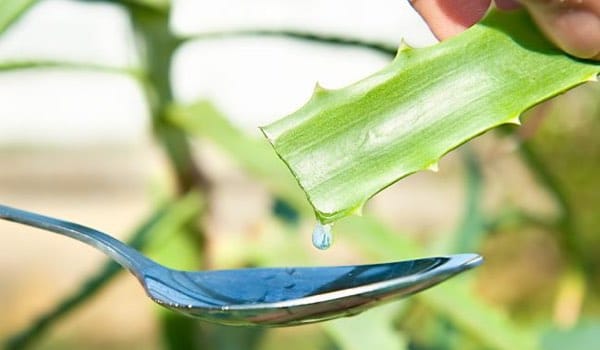
This plant has many medicinal and commercial uses. It is one of the most useful plants in the whole world.
Aloe vera has at least 6 natural antiseptics and about a hundred more uses. Its antiseptic characteristics are known to be effective in destroying mold and bacteria.
The aloe vera plant is characterized by its variegated leaves that branch out from its center. Grow the plants in your garden for a bit of tropical flair, but make sure they are not exposed to extremely low or freezing temperatures.
They may also be planted indoors provided that they are exposed to sufficient sunlight. Grow them in a small pot and place them by the kitchen window so that they can be readily available for you to use.
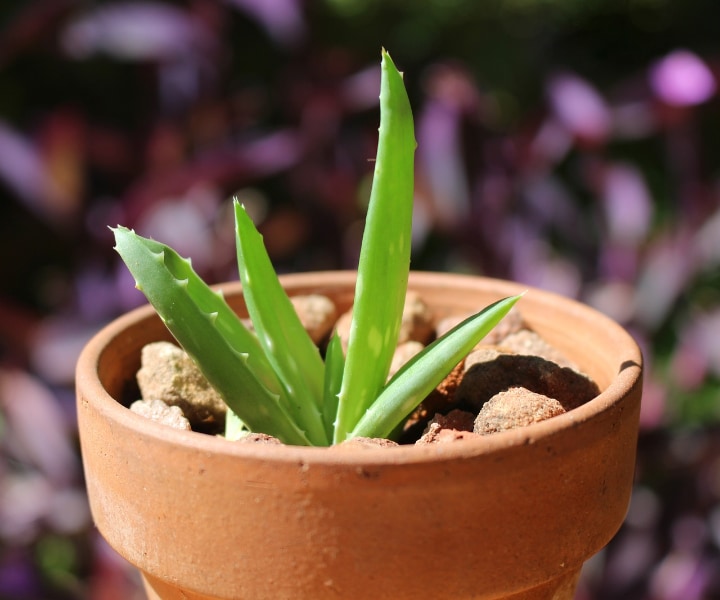
Wherever you choose to plant them, aloe veras will never fail to provide amazing benefits. One of the most popular uses of this plant comes from its leaf juice. The juice can relieve pain caused by scrapes and burns.
Did you know: This plant not only holds appeal to people but also to birds. Hummingbirds love the nectar from the bell-shaped aloe flowers that bloom in spring and early summer.
Aloe Vera Plant Benefits You Need to Know
The gel from aloe vera leaves has been actively used in folk medicine for centuries. In Ayurveda, the plant is used to treat constipation and worm infestation.
Chinese herbal medicine recommends its use to treat fungal diseases. In Trinidad and Tobago, aloe vera gel is used as a remedy for hypertension.
Modern-day research backs up the ancient use of this medicinal succulent. It has a whole array of uses in the cosmetic, food, and pharmaceutical industries.
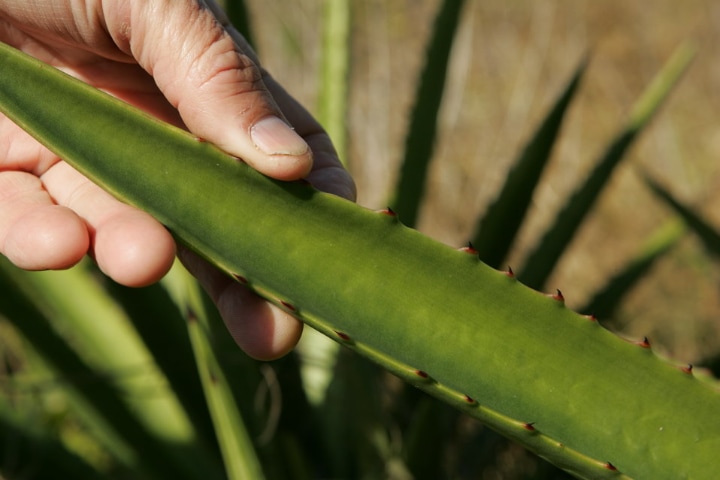
Tip: If you are growing your own aloe vera, you can simply snap off a leaf to extract its gel and juice. But make sure to give enough time to your plant to mature. The older the plant, the higher will be the concentration of the active ingredients.
Read on to learn about the many benefits of aloe vera:
1. Heal Burns
Aloe vera has a long history of use in healing burns. It is often also touted as the “burn plant”. Recent studies show that the plant’s low toxicity makes it a safe medicine for sunburn or burnt skins.
Spent too much time in the sun or burnt your finger while baking? Apply a layer of aloe vera gel over the affected area for quick relief.
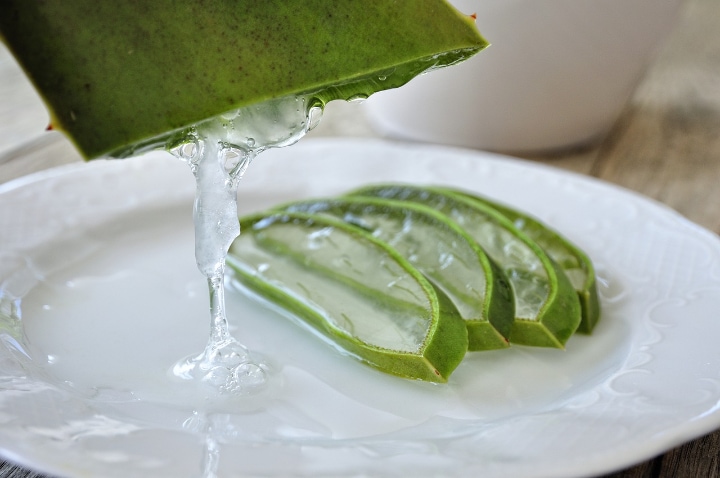
Its anti-inflammatory properties help soothe the pain. The plant also has antibacterial properties which inhibit the growth of bacteria.
Tip: If you are buying aloe vera gel from a store, make sure it does not contain additives, especially coloring and perfumes.
2. Promotes Oral Health
Aloe vera extract is a safe alternative to chemical-based mouthwashes. The plant has anti-inflammatory and antibacterial properties that can effectively treat bleeding or swollen gums.
It also contains a healthy dose of vitamin C that can help block plaque. You can use aloe vera based toothpaste or mouthwash to improve oral hygiene.
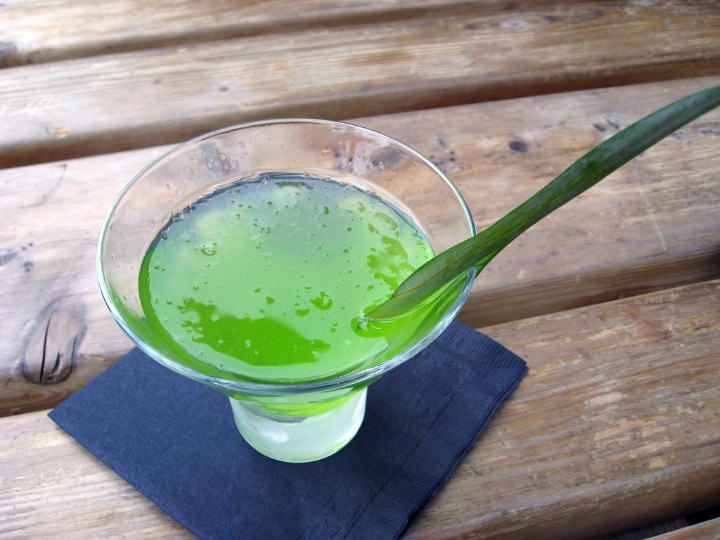
Drinking aloe vera juice is another way to make the medicinal plant a part of your dental care routine.
Tip: If your gums are red and inflamed, use aloe vera mouthwash. Swirl it in your mouth and spit out. Repeat up to two times a day.
3. Lowers Blood Sugar Levels
Preliminary research suggests that ingesting two tablespoons of aloe vera juice can help lower blood sugar levels. It may, therefore, be useful in treating people with type 2 diabetes.
Aloe vera helps lower blood lipids (fats) in people with abnormally high levels of these molecules in the blood. The plant also reduces swelling and heals ulcers, both of which are common complications in those with diabetes.
A word of caution: Before giving aloe vera juice a try, consult your doctor to make sure it won’t conflict with any medications you’re already taking.
4. Improves Digestive Health
Drinking aloe vera juice is believed to improve digestion and relieve constipation. The plant contains a number of enzymes that speed up the breakdown of sugars and fats. This keeps your digestive system running smoothly.
This succulent is considered a natural laxative. It also helps prevent gas, bloating, and constipation problems. For those suffering from irritable bowel syndrome and acid reflux, aloe vera is your remedy.
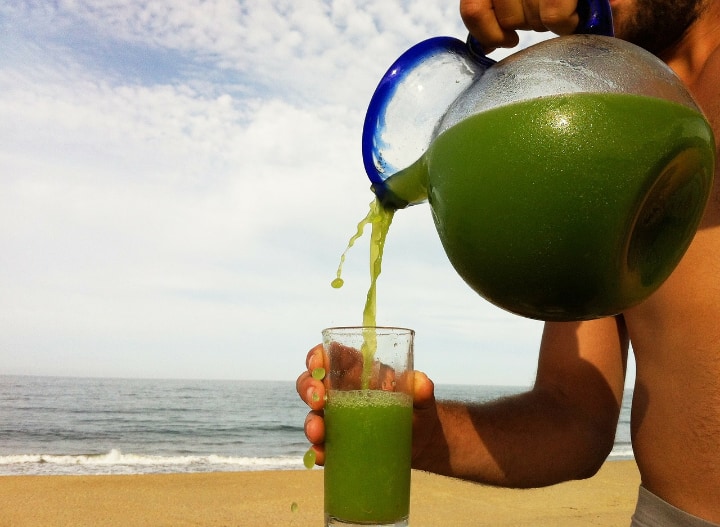
Tip: Drink aloe vera juice before a meal for maximum benefit. You can also add the juice to your smoothies, cocktails, and juice blends.
5. Helps Lose Weight
Ingest aloe vera to shed a few kilos. The nutrient-packed plant boosts metabolism, helps detoxify the body, and controls blood sugar levels.
It is a key ingredient in juices and diet drinks for weight loss. You can consume it in a variety of ways. Make your smoothies, shakes, and soups more healthy by adding the gel of the plant. Use the skin to make salads and stir-fries.
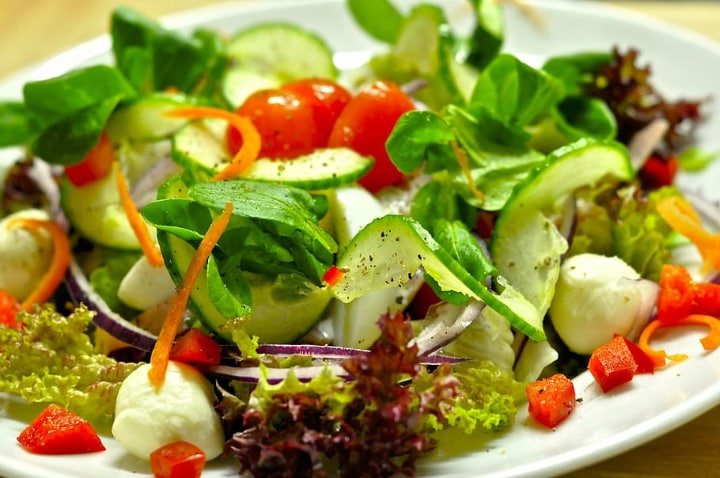
Tip: Drink aloe vera juice before breakfast for best results.
6. Treating Acne Scars
For thousands of years, aloe vera has been used to treat a number of skin conditions. But did you know that it is also an effective way to reduce scarring due to acne and pimples?
When applied to the affected area, the gel increases collagen and elastin fiber production, both of which help repair scars. Plus, it also reduces inflammation that can lead to scarring.
You can make this natural scar eraser a part of your skin care routine. Use a spoon to scoop out the aloe vera gel and massage your skin with it. You can also buy aloe vera products like creams and gels.
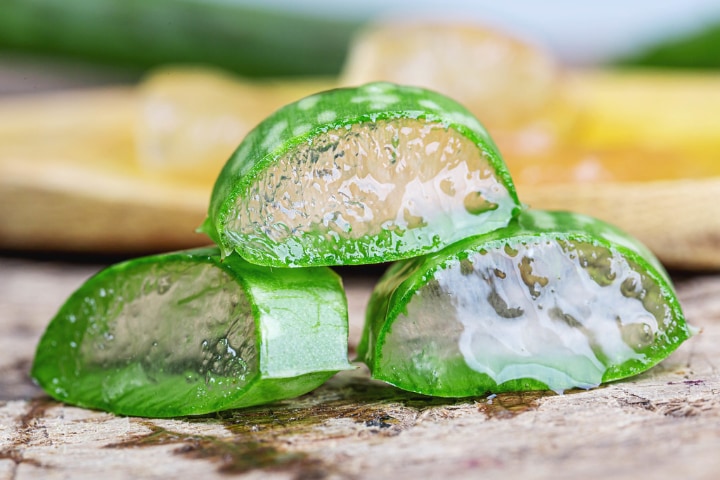
Tip: Buy only aloe vera products that are fragrance-free, non-comedogenic, and can be safely applied on the sensitive skin of the face.
How to Grow Aloe Vera Plants
Aloe vera plants grow best in tropical countries. It is where they originated in the first place. Although they thrive in hot and humid conditions, they can still grow in colder countries.
Growing Aloe Vera Outdoors
If you are from a tropical country, we suggest that you grow your aloe vera plant outdoors.
Here’s a step-by-step guide to planting aloe vera in your garden:
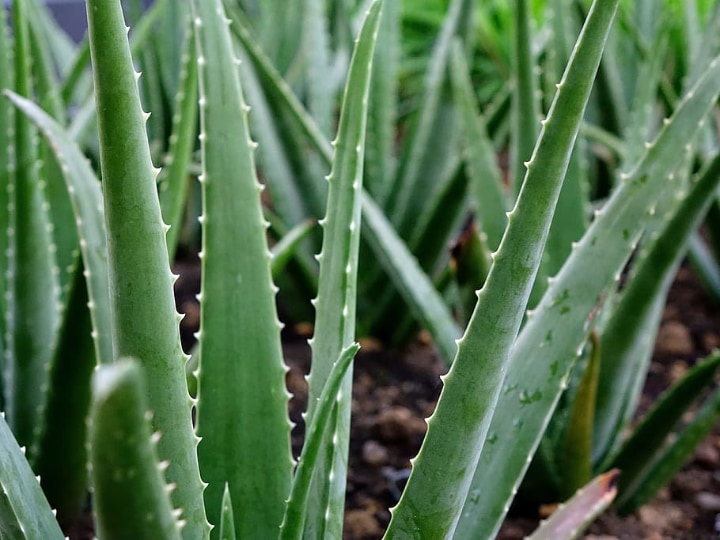
- Look for a spot with dappled sunlight in the garden. Bright, direct sunlight will turn the leaves red or brown.
- Choose a sandy, well-drained bed.
- After planting, sprinkle some water on your plant to keep the soil lightly moist while the plant establishes itself.
Growing Aloe Vera Indoors
If you’re from a colder climate, grow the aloe vera plant indoors. Though the plants grow faster outside, they can still grow beautifully inside the house.
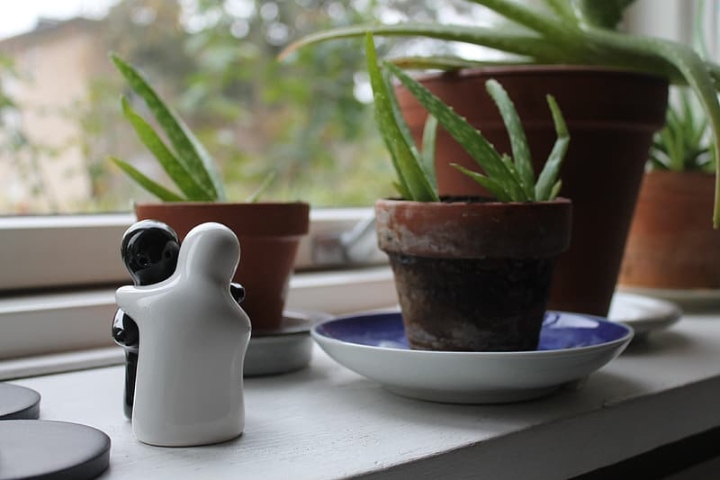
You may eventually grow it outdoors in the warmer months of spring and summer. Here’s how to get your plant growing indoors:
- Choose a wide terracotta pot so that the roots of your plant can spread out. Make sure the pot has a large drainage hole.
- Aloe vera plants love a soil mix that drains well. You can make a combination of cactus soil, potting soil, and sand.
- Water the aloe after potting it to help the new plant establish roots.
- Place your plant in a bright, sunny spot.
How to Take Care of Aloe Vera Plants
Taking care of aloe vera plants is a walk in the park as long as you know their needs. It’s easy to forget that plants, like animals, are living creatures and can’t be ignored while in our care.
But if you’re taking your time to read this how-to guide, we don’t doubt that you’ll be a wonderful plant parent.
Aloe Vera Plant Care Indoor
Choosing to grow an aloe vera plant indoor may mean that you live in a colder environment or you do not have enough garden space. Or that you like a little greenery in the living room.
Whatever your reason is, these tips should guide you in successfully growing a plant in the cozy walls of your home.
1. Place your plant in bright, indirect sunlight
Aloe vera plants do love sunlight, however, too much direct exposure may turn their color brown. This is why growing them indoors while exposing them to indirect sunlight is a good option. Make sure your plant gets indirect sunlight for at least 6 to 8 hours a day.
Tip: You may also rotate the pot once or twice a week to ensure that all sides of the plant receive an equal amount of sunlight.
2. Know that aloes can survive with minimal watering
In fact, overwatering the plant can lead to root rot. In the warmer months, you can water the plant deeply, but infrequently.
Tip: Allow the top layer of the soil to dry out before watering the plant again.
In the colder months, the plant will require less watering because it will take longer for the soil to dry.
You would not want to keep the soil too moist as the roots of your plant may rot when allowed to sit in water for too long.
3. Repot if your aloe vera becomes too heavy
Doing so will ensure that the roots will not get tangled or grow in circles. This event is also called root-bound.
The only good thing about root-bound is that when it happens, the aloe vera produces more plant babies.
After moving the plant into a bigger planter, it’s common for it to turn a bit gray or brown. It should bounce back and return to its original color once placed in a shady location.
4. Know how to plant aloe vera pups
When the aloe vera plant has made its offsets, plantlets, or babies, this is your chance to make new aloe vera plants. Welcome to grandparenthood.
For you to get these babies growing, follow these steps:
- Remove your aloe plant off of its pot and look for the attached offsets.
- Use a knife to sever the offsets from your plant and let them form calluses on the cuts.
- Plant the offsets in a pot with a well-draining soil mixture.
- Water the pot generously and expose it to indirect sunlight.
- Remember to keep the soil as dry as possible for the next 2-3 weeks. This will ensure that the offsets will grow more roots since they would seek water.
Note: It’s important to remove the offsets from the aloe vera plant. If they are not removed, they can cause harm to the mother plant.
Parenting is definitely a hard profession, so make sure to cut the cord. You don’t want an offset living there until it’s in its 30s.
Aloe Vera Plant Care Outdoor
Growing the aloe vera plant outdoors may need more effort and knowledge. Some lucky locations can grow these plants without any issues. They can grow in your gardens if you are located in USDA zones 8 to 11.
You may still grow aloe vera plants outdoors even if you are not in the mentioned zones, provided that it is summer and warm where you live. Or you can simply take your potted aloe vera plant outside and leave it there for the rest of the warm months.
1. Grow your plant in well-draining soil
When growing the aloe vera plants in the perfect zones, your plants don’t generally require a pot. This means lesser work for you as you would not need to repot them when they outgrow the pot.
Their roots have the freedom to explore the soil directly. Generally, they do not require too much attention.
You just have to ensure that you are placing them in a sunny area with loose and gritty soil.
2. You can soak the plant with water
But like we always say, let the soil dry before watering it again. In a few days, when the weather is inevitably cold, you can cover the plant with a plastic container or pail overnight.
However, if the cold days turn to weeks, you might as well place it in a pot and put it indoors. Prolonged exposure to cold weather can harm the plant.
Tip: As a general rule of thumb: indoors in cold, outdoors in warm. It’s pretty simple.
3. You may also get its offset
Although this time, you would not be able to look at how big it has become compared to its pot or look at the bottom of the pot to check if it has developed lots of roots.
A good way to know that your plant is suffering from its offsprings is when its leaves grow horizontally and become bright green. If you do see these signs, you can dig the soil carefully and cut the offsets.
Aloe Vera Care Problems
Aloe vera is a hearty succulent in most instances. But overwatering and insufficient sunlight can plague the plant.
Here are solutions to some of the common problems you may run into:
- Horizontal growth: If the aloe vera leaves are growing horizontally and flat instead of upward, it may be a sign that it is not receiving enough sunlight.
- Brown leaves: If its leaves develop a brown color, it means that the plant is exposed to too much direct sunlight.
- Thin, curly leaves: When the leaves become thin and curly, they are not receiving the right amount of water. Curling leaves only mean that the plant is using its own water to survive.
- Sluggish growth: If your plant is growing very slowly, it may mean that the soil or water is too alkaline. This is something many people struggle with when growing aloe vera, so test the soil if possible.
If the aloe vera leaves are growing horizontally and flat instead of upward, it may be a sign that it is not receiving enough sunlight.
How to Use Aloe Vera Plants
Since biblical times, there have been a plethora of recorded medicinal uses of aloe vera.
Let’s check the facts behind this aloe vera mystique. Whether you need it as a natural beauty solution or a reliever for burns, this succulent can effectively help you.
Aloe Vera Plant Uses for Face
Many experts use the gel inside aloe vera leaves to treat skin disorders, wounds, sunburn, radiation burns, and dermatitis.
If the gel is applied to the face regularly, it can help treat pigmentation and blemishes, making your skin clear, radiant, and smooth.
You can buy aloe vera products for all your skin-care needs. For a more natural and economical option, you can scrape the gel out of the aloe vera leaves.
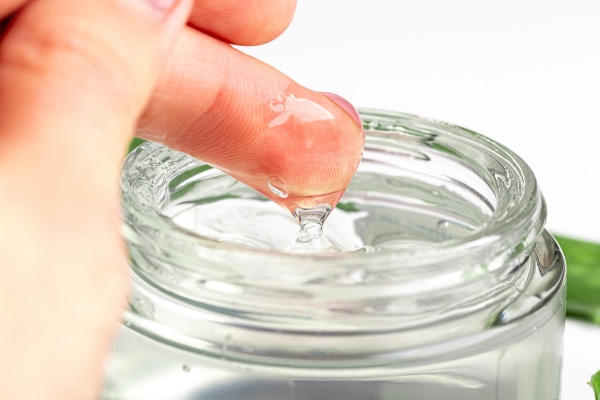
Studies have shown that aloe vera has effective properties to treat skin conditions. It can heal sunburns, dry skin, acne, stretch marks, and even lines caused by aging.
Did you know: It’s believed that the Egyptian queen Cleopatra used aloe vera as a part of her beauty regime. Maybe that was how she captivated Caesar with her beauty?
Aloe Vera Plant Uses for Hair
Aloe vera plant also provides wonderful benefits for one’s hair. It can promote hair growth, minimize dandruff, and maintain the pH balance in the scalp. It can even be your natural alternative to hair conditioners.
Losing hair? Aloe is great for this as well! Aloe vera gel contains certain enzymes that have the ability to repair dead skin cells in your scalp.
Not only does it do great things to the scalp, but it also rejuvenates the hair with nutrients, thus making it more elastic. This will minimize hair breakage.
Aloe Vera Plant Uses for Burns
Aloe vera has a powerful healing property. When aloe vera gel is applied to sunburns, it helps relieve pain and speed up the healing process of the skin.
Some people even make aloe vera ice cubes for better results.
Not only can an aloe vera gel heal burns but it can also effectively restore the moisture in the skin and protect it from any further damage. It is also effective in relieving insect bites and plant stings.
Aloe Vera FAQ’s
The aloe vera plant has many healing properties that make it a wonderful solution for wholesome households. Here are some of our readers’ most frequently asked aloe vera questions.
What are the benefits of eating Aloe Vera?
Along with its topical benefits, aloe vera also has several benefits to offer to those who ingest it. One of the most popular methods of ingestion is by drinking aloe vera juice. This method is said to promote clear and smooth skin, soothe constipation, and even neutralize acid reflux.
How to take care of an Aloe Vera Plant?
Taking care of an Aloe Vera plant doesn’t require a lot of experience, which makes it a perfect option for beginner gardeners. We have outlined all the information you need to know about this in our guide to taking care of Aloe Vera plants. Find here everything you need to know about how to take care of the Aloe Vera plants.
Can you grow Aloe Vera Plant Indoors?
Aloe Vera plants grow well indoors no matter what type of climate you live in. All they need to succeed is plenty of sun, a warm room, and water. Since Aloe Vera plants are native to the tropics, if you live in an area where the climate is cold. we suggest you grow the aloe vera plant indoors.
Do Aloe Vera plants need a lot of sun?
Aloe Vera plants need approximately six to eight hours of direct sun. Some light shade or filtered sun at midday is also acceptable. South- or west-facing outdoor areas and a somewhat sandy soil render perfect conditions for growing aloe vera, whether in a pot or in the ground.
Getting Your Next Aloe Vera
With its many benefits and uses, an aloe vera plant is a true gift from nature. You can unleash tons of its medicinal potential to a whole new level when you plant it yourself.
Gardening, working on your chicken coop plans, doing a little bit of planting activity, edging your garden beds, or growing an aloe vera is not only fun but also extremely fulfilling.
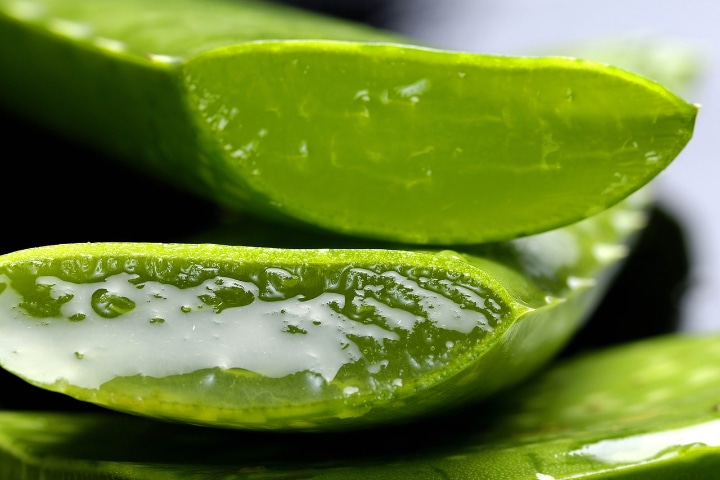
Just Imagine how much health, mental, and emotional benefits you can get from this wonderful plant!
You may not know yet but there are actually tons of benefits gardening can bring to your life.
What are you waiting for? Get that shovel and pail and discover yourself and your plant’s potential.
And when you’re done, come back and drop us a comment to tell us how your plant is doing and what you’re using it for. We’d love to hear from you!

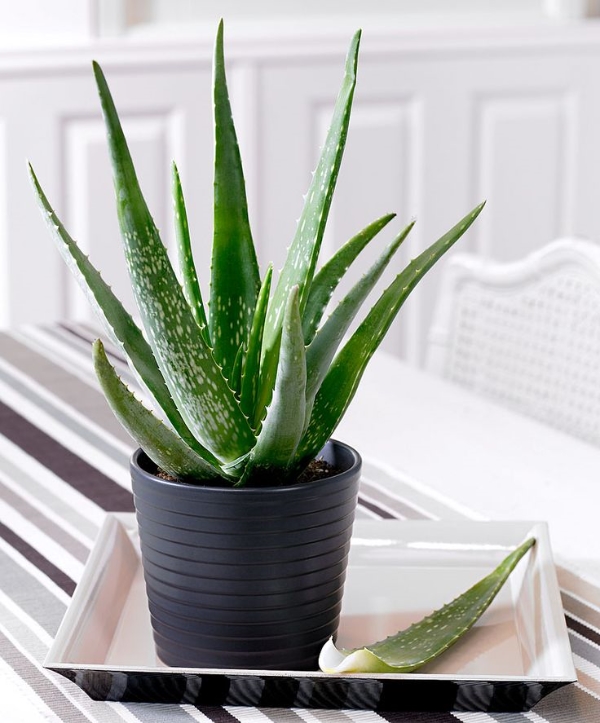
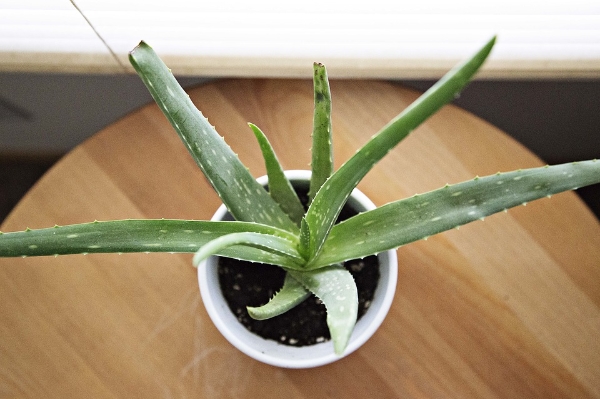
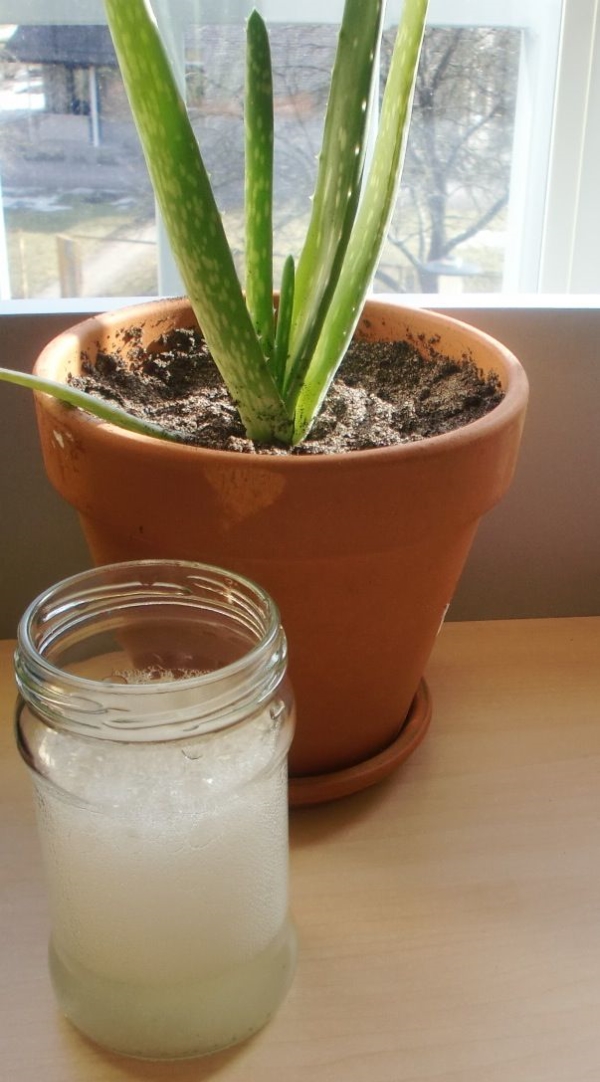
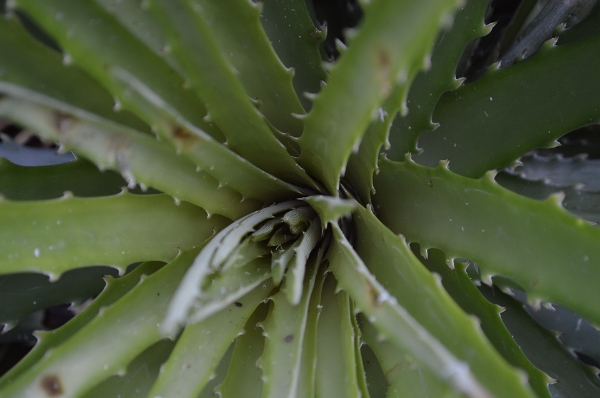
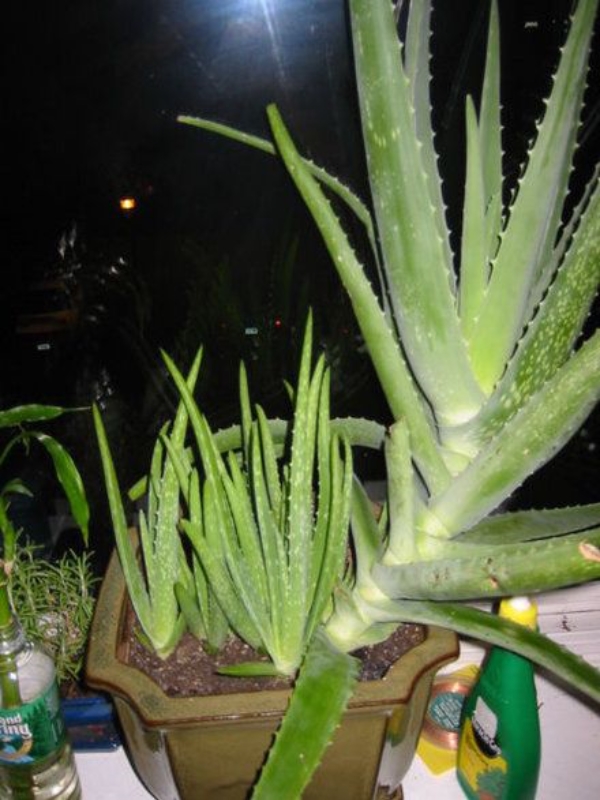
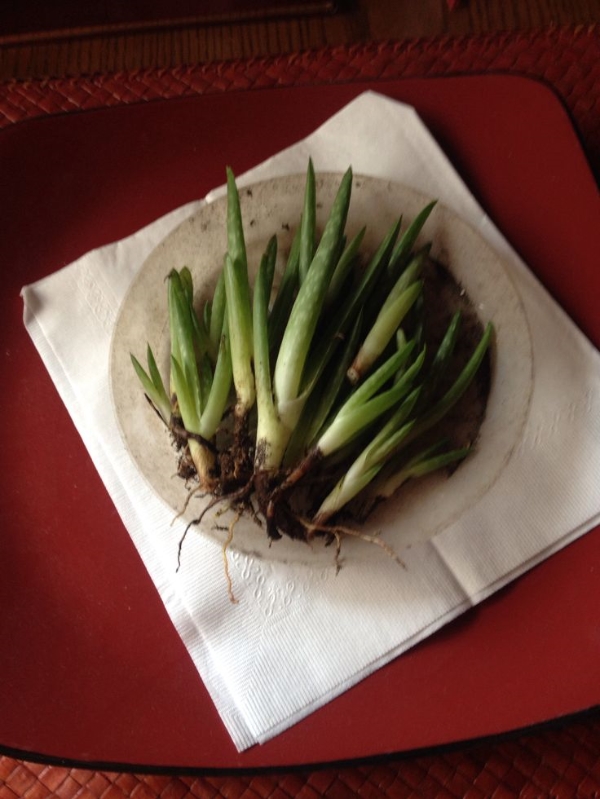
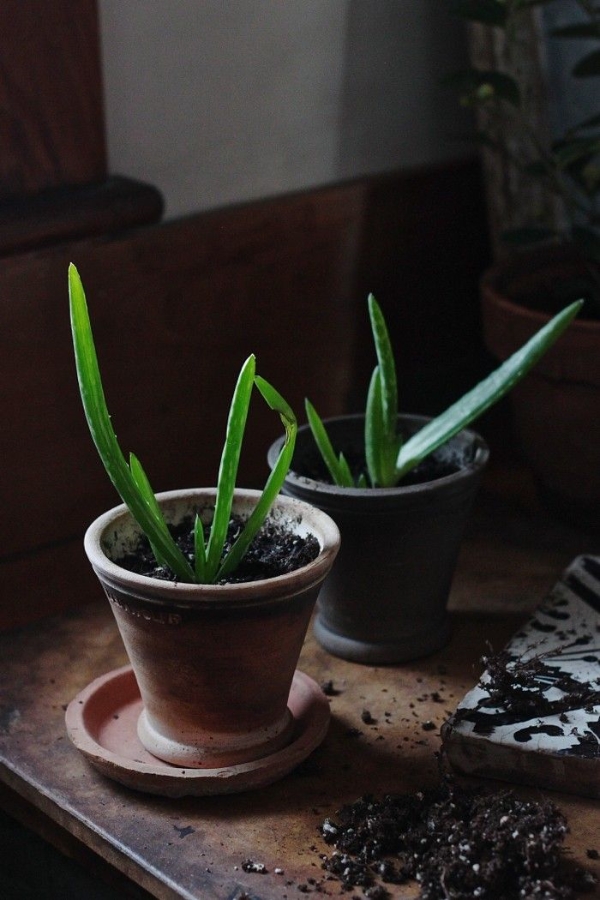
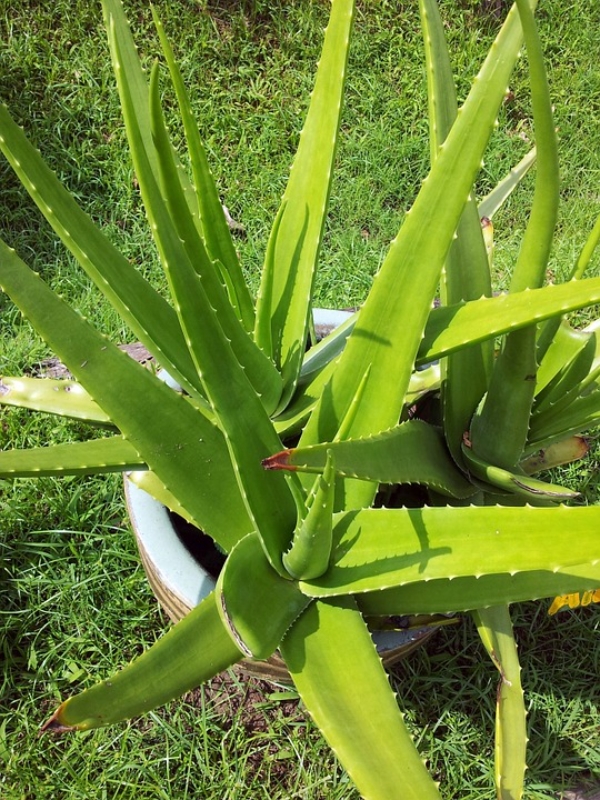
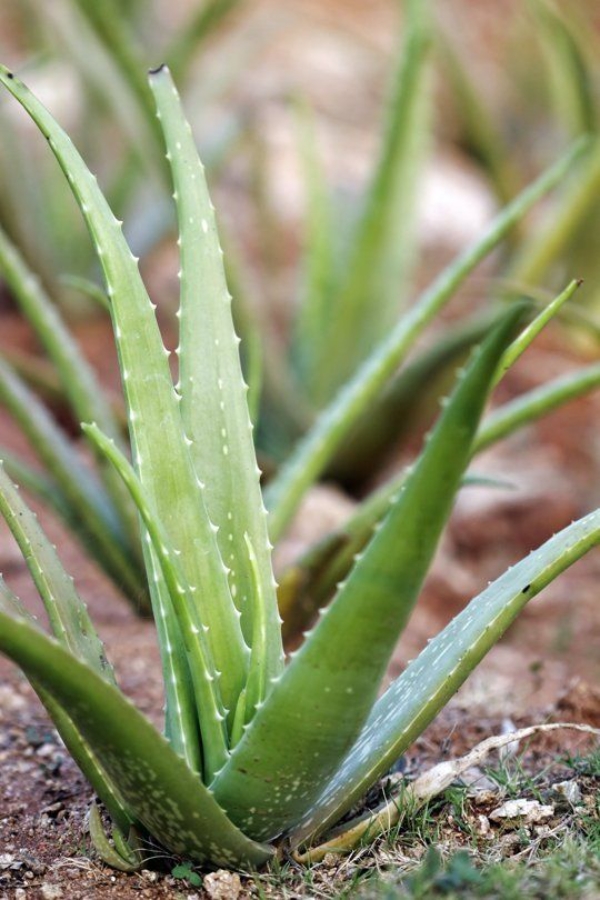
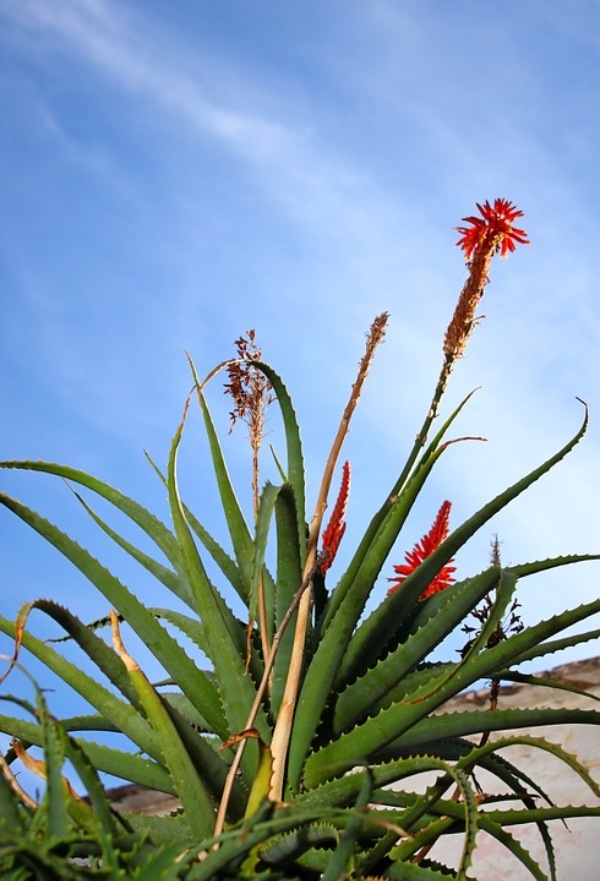
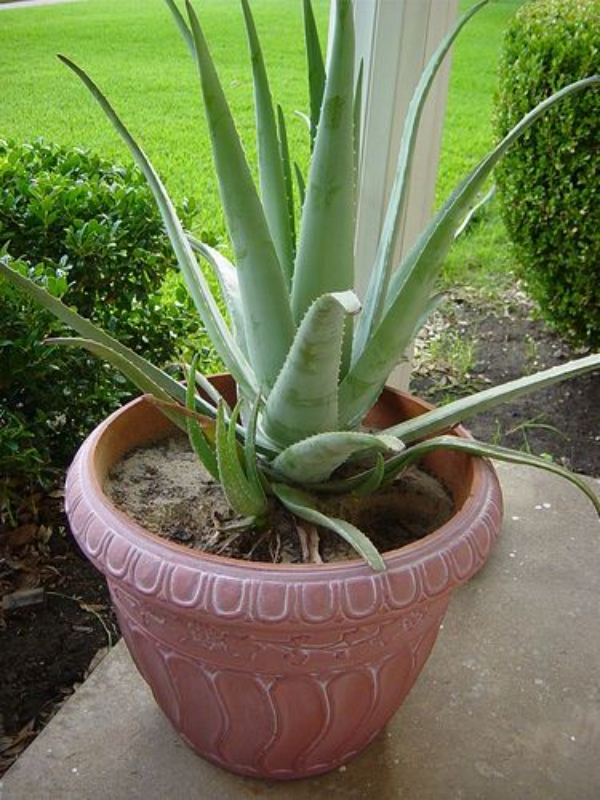
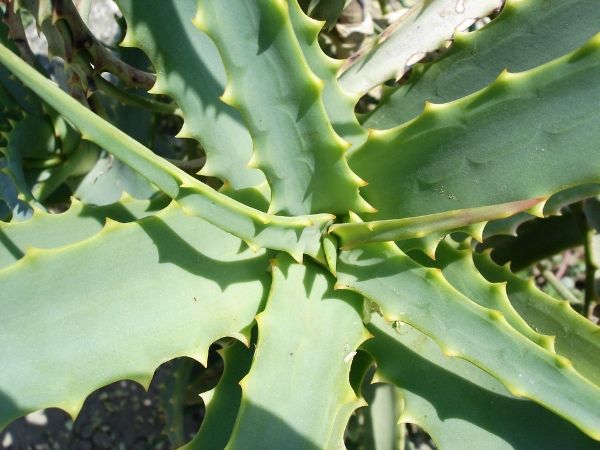
Thanks for the marvelous information
You’re welcome!
Thanks for all the info, very helpful!! I’m completely obsessed with aloe plants, and I have about 15 (if not more) all around my home 🙂
Have Aloe Plant that is 20 years old, I just noticed a bud like flower bud growing do Aloe Vera plants have flowers Thank you Pat
Hey Patricia! That’s really great, lucky you:) Enjoy watching them! Nancy
Thank you for this helpful info. I really enjoyed reading it and loved the way you approach “plant parenting”. So sweet!
Thanks so much Trish:)
I every time spent my half an hour to read this weblog’s articles everyday along with a cup of coffee.